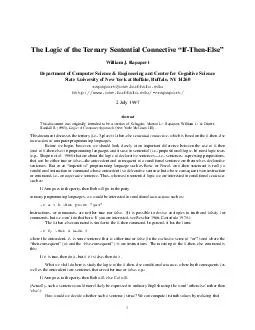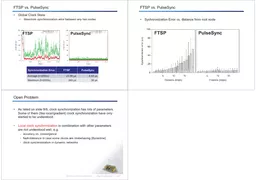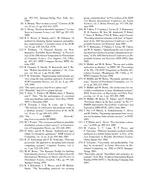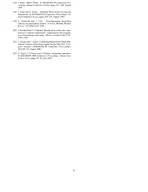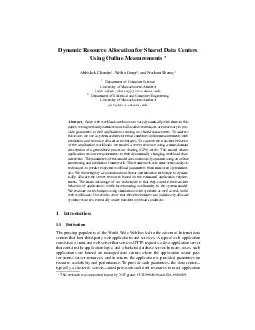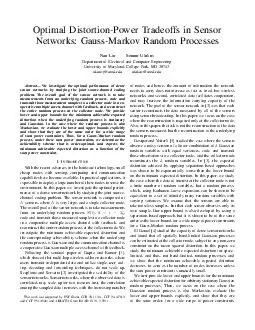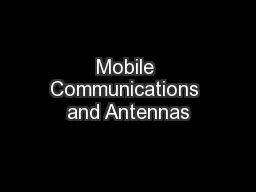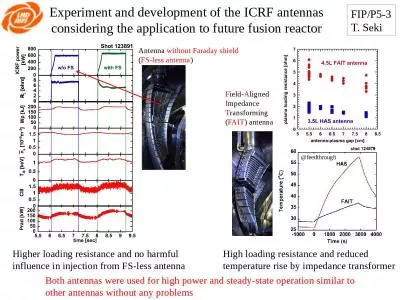PDF-DO AALOHA Slotted ALOHA for Ad Hoc Netw orking Using Smart Antennas Harkirat Singh and
Author : olivia-moreira | Published Date : 2015-02-01
pdxedu Abstract This paper de velops novel slotted ALOHA pr oto col Dir ectionOfArrival ALOHA or use in ad hoc networks wher nodes ar equipped with smart antennas
Presentation Embed Code
Download Presentation
Download Presentation The PPT/PDF document "DO AALOHA Slotted ALOHA for Ad Hoc Netw ..." is the property of its rightful owner. Permission is granted to download and print the materials on this website for personal, non-commercial use only, and to display it on your personal computer provided you do not modify the materials and that you retain all copyright notices contained in the materials. By downloading content from our website, you accept the terms of this agreement.
DO AALOHA Slotted ALOHA for Ad Hoc Netw orking Using Smart Antennas Harkirat Singh and: Transcript
Download Rules Of Document
"DO AALOHA Slotted ALOHA for Ad Hoc Netw orking Using Smart Antennas Harkirat Singh and"The content belongs to its owner. You may download and print it for personal use, without modification, and keep all copyright notices. By downloading, you agree to these terms.
Related Documents



